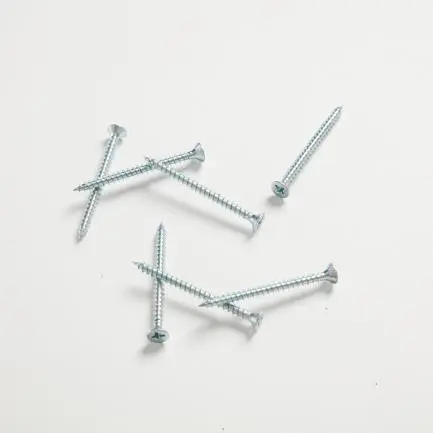Introduce:
When it comes to home furniture, woodworking, and even DIY projects, particleboard is widely used because of its affordability and versatility. However, without the right fasteners and screws, working with particleboard can become a frustrating experience. In this comprehensive guide, we’ll explore chipboard fixings, with a special focus on the benefits and uses of black particleboard screws. So whether you’re looking to put together a new set of shelves or repair existing particleboard furniture, read on to learn everything you need to know to ensure a successful, long-lasting result.
Learn about particleboard fixtures:
Chipboard fixings refer to fasteners specifically designed to hold particleboard panels together. They are essential in providing structural stability and preventing particle board furniture from loosening or disassembling. There are many types of particleboard fasteners available, including screws, nails, glue and dowels. However, in this guide we will focus primarily on the effectiveness of black chipboard screws.
Advantages of black chipboard screws:
1. Enhanced aesthetics: Black particle board screws have a more visually appealing appearance because they blend seamlessly into the dark or black particle board surface, reducing the visibility of the screw heads.
2. IMPROVED GRIP AND DURABILITY: Black particle board screws are manufactured with deeper threads and sharp tips to provide stronger grip and reduce the risk of splitting the particle board material. Additionally, they are often made from durable materials like carbon steel, ensuring long-lasting performance.
3. Anti-rust: Unlike standard particle board screws, black particle board screws are coated with corrosion-resistant materials such as black phosphate or black zinc. This coating provides additional protection against rust and extends the life of the screws.
Use black chipboard screws effectively:
1. Prepare the particleboard: Before using any fixings, make sure the particleboard surface is clean, flat and free of any irregularities. If necessary, sanding edges and using wood filler can improve the overall finish and prevent chips or cracks during installation.
2. Choose the right screw length: Choosing the right screw length is critical to ensuring a secure tightening. Ideally, the screws should penetrate at least two-thirds of the thickness of the particle board while leaving enough room for expansion. If unsure, consult the manufacturer’s recommendations or seek professional advice.
3. Place the screws correctly: Distribute the screws evenly on the joint, leaving appropriate gaps between screws to prevent splitting. Screws are placed along the edges approximately 100 mm apart to ensure optimal strength and stability.
4. Pre-drill pilot holes: To prevent the chipboard from cracking, it is recommended to pre-drill pilot holes with a diameter slightly smaller than the screw diameter. This step is especially important when working close to the edge of particleboard or when using larger diameter screws.
In conclusion:
Properly fastening particleboard requires correct knowledge and suitable fixtures. Black chipboard screws offer several benefits such as improved aesthetics, enhanced grip, and rust resistance. By following the guidance provided in this comprehensive guide, you can execute your particle board project with confidence and ensure long-lasting, reliable results. Remember, always prioritize safety and consult a professional when in doubt. Happy woodworking!
Post time: Oct-09-2023


